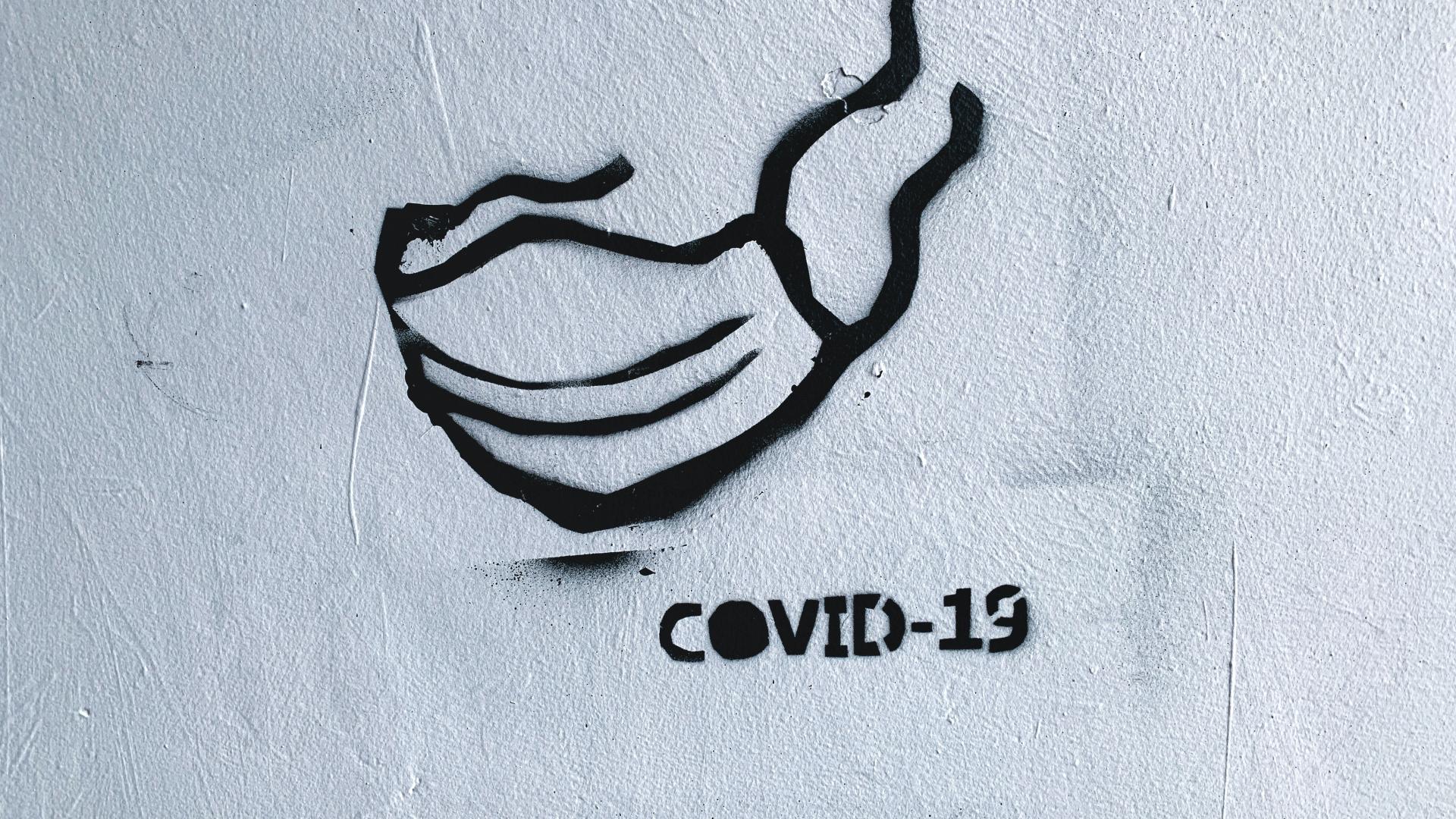Over the last week we continued our series of polls to understand the public response to the pandemic and how it is impacting on charities. Fieldwork for this wave of research with a representative sample of 1,000 members of the general public took place between the 12th and 16th March and it follows on from our previous wave in October. It is almost one year exactly since our first wave on the 20th – 24th March 2020. Findings for this and previous waves are available to explore in full in an online dashboard.
Key findings this wave include:
-
Charity visibility remains very low with 55% unable to name a charity responding to the pandemic one year in
-
Giving levels have dropped again to their lowest point
-
Concern about the pandemic has dropped substantially to its lowest levels yet, while concern about mental health has reached a high point
-
Concern about the impact of the pandemic on a number of vulnerable groups continues to decline
-
Lockdown fatigue is setting in, with decreasing numbers planning on staying in their local area
-
Nevertheless, government satisfaction is up as the vaccination programme continues apace
-
There are low levels of comfort with interacting with charities except for visiting charity shops
Since our last wave of fieldwork we have seen a huge spike in cases over Christmas, a third lockdown, and the roll-out of the vaccination programme. All of this has had a major effect on public opinion, which seems to be tiring of pandemic restrictions in general. 79% expect to stay in their local area for the next few months, down from 84% in October, while just 53% (the lowest in our six waves) want stricter legal measures brought in in response to the pandemic. Despite this it seems that government satisfaction is up on foot of a speedier vaccination programme than most countries, with 41% pleased at how the government is handling the outbreak compared to just 28% in October.
In line with this, concern about the pandemic in general is also at a low since we began tracking last year. While it remains the top concern for the public, only 58% are identifying the pandemic as one of their top five concerns, compared to 67% in October and a high of 81% last April. Concern levels about the impact of the pandemic on specific groups of vulnerable people are also at their lowest point since we began tracking a year ago. 71% say they are concerned about the impact on older people, down from 82% a year ago. Concern about people with diabetes (61% to 47%), people living with heart disease (73% to 59%) and people with underlying health conditions more generally (81% to 66%) have all dropped significantly.
By contrast, concern about respondents’ own mental health has risen significantly, with 28% concerned about their mental health compared to 21% this time last year. The decrease in concern about the pandemic has also opened up space for concern about other topics, with growing concern about homelessness (21%), immigration (20%) and schools (14%).
Underlining growing concern about individual mental health, 32% of the public now say they would consider supporting a charity working in mental health, up five percentage points since we first asked in April 2020. Likewise, Mind continues to be one of the top charities associated with responding to the pandemic on 8%, just behind the British Red Cross in second place. This is a substantial increase from just 2% in March 2020, underlining the growth in concern about mental health as pandemic restrictions continue to impact people’s lives.
While Mind has grown significantly as a brand associated with responding to the pandemic, the sector as a whole has remained largely out of sight, out of mind. 55% of the public are unable to name a charity responding to the pandemic while just 48% believe charities have responded well to the pandemic so far. A combination of this low visibility and the economic uncertainty for so many Britons has meant that just 48% say they have donated to charity in the last three months – the lowest figure in this set of pandemic polls, and indeed in our twenty-year history of tracking public giving. This is all the more concerning when we consider that the last three months contains the traditional giving high point of Christmas.
This wave we again asked a question about whether respondents would be comfortable interacting with charities in a number of face-to-face ways given current levels of the virus. Just 43% stated they would be comfortable visiting a charity shop, with the majority of other ways including face-to-face and doorstep fundraising being considerably lower. This suggests that in-person fundraising is likely to continue to be challenging for some time, growing vaccination rates notwithstanding.
Our research with the general public, both quantitative and qualitative, over the past year, has suggested time and again that the charity sector has not been top of mind for most people over the course of the pandemic. The challenge for the charity sector has to be to show its continued relevance and importance at a time when the public is not associating it with one of the greatest social crises in living memory.

